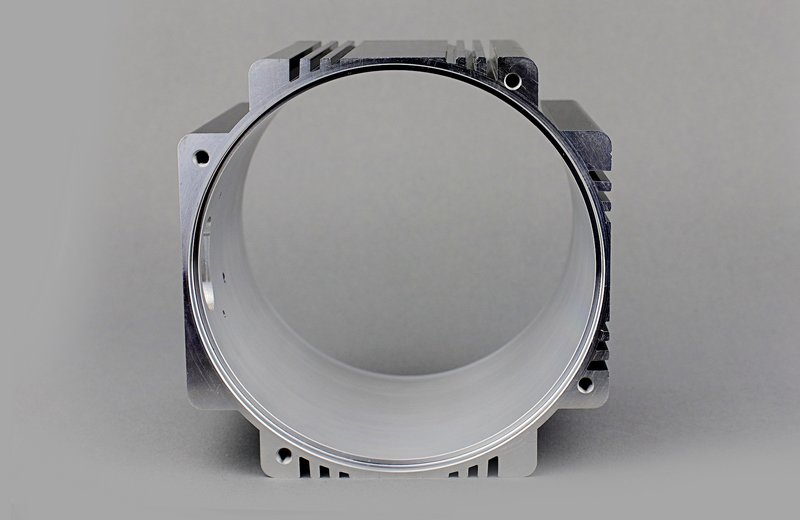news
Analysis of misunderstandings and suggestions for management and control of on-line quenching method
Common misunderstandings and shallow Analysis
At present, the domestic online quenching methods of aluminum profiles are mainly wind quenching and strong wind cooling water quenching and water quenching. Sometimes, water mist is actually a combination of wind and water for quenching. As for the use of liquid nitrogen for online quenching, etc. in developed economies It is widely used in body but rare in domestic application.
Under normal circumstances, most domestic manufacturers will use the air-cooling method for online quenching when producing T5 state aluminum profiles. When producing T6 state aluminum profiles, in-line quenching is performed by water cooling, water penetration method or water mist method. Therefore, many people habitually think that
The T5 state is to use air cooling and the T6 state is to use water cooling. Actually this understanding is wrong. If the control of the actual production is carried out under this wrong understanding, the mechanical properties of the aluminum profile will be unqualified, resulting in quality problems. The actual situation is to meet the requirements. Air cooling can be used, but sometimes water cooling or separate heat treatment is required.
For most of the extruded aluminum profiles with thin wall thickness, it is possible to use ordinary air cooling to produce aluminum profiles in T5 state when the wall thickness is not more than 5 mm, but when the wall thickness of aluminum profiles is thicker, it is possible to use ordinary air cooling. Failure to meet the cooling rate requirement will eventually lead to the failure of the mechanical properties of the aluminum profile. In this case, even if it is required to be in the T5 state, it is necessary to use the water cooling method to pass through water or water mist for on-line quenching. Bars or plates are fired online using the water penetration method. , because the capacity of the online water quenching tank and the high water temperature cannot meet the requirements of the minimum cooling rate, which leads to the unqualified mechanical properties of the final product.At this time, special heat treatment must be carried out to ensure that the mechanical properties of the final material are qualified, that is, it is not suitable for in-line quenching treatment.
Actual situation two:
In T6 state, air cooling can be used under certain circumstances, and it is not necessary to use water cooling. If the wall thickness of the aluminum profile in T6 state is relatively thin, such as no more than 3 mm, as long as the air volume of the equipped fan is large enough to open at the extrusion outlet. When the sufficient fan can meet the requirements of the minimum cooling rate, it has achieved the purpose of on-line quenching. At this time, it is not necessary to use water cooling.






